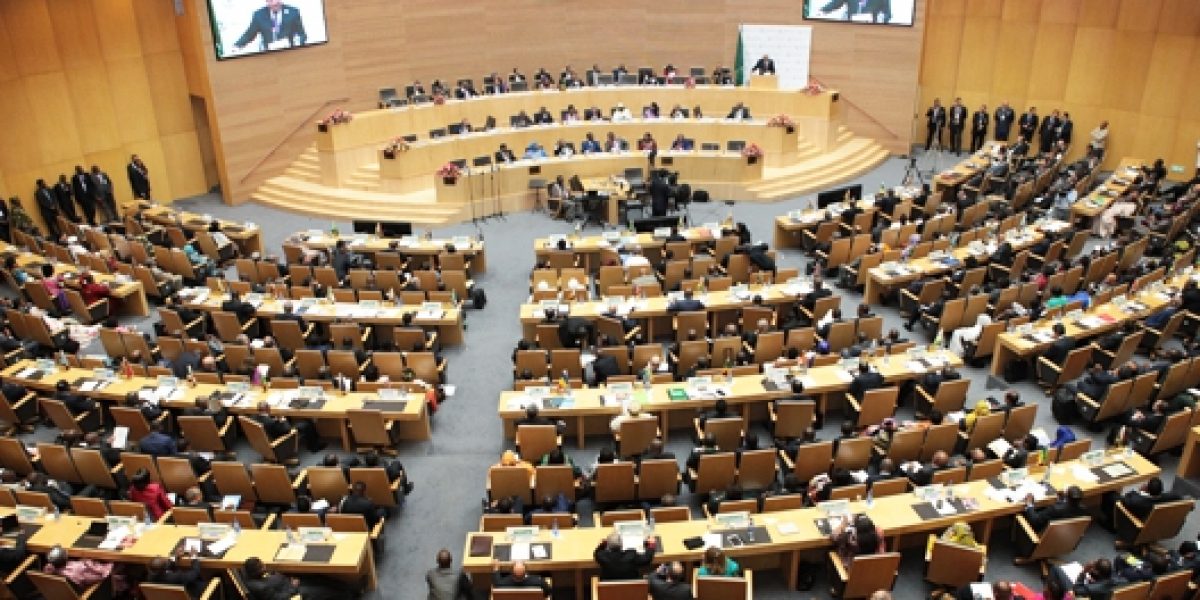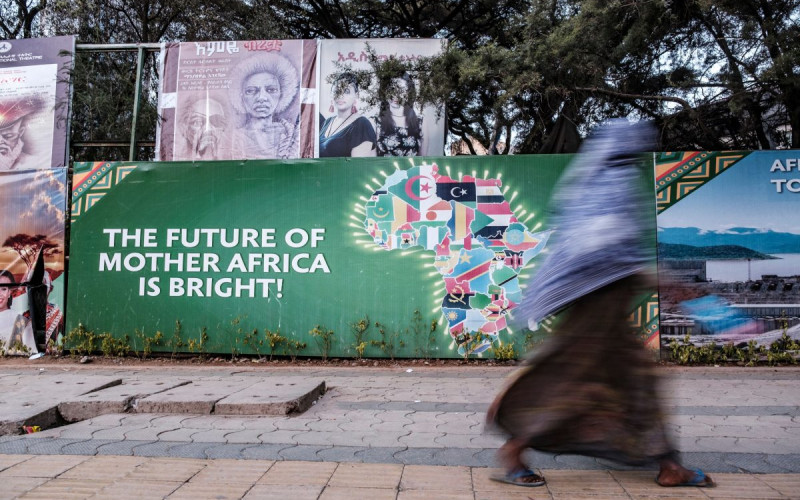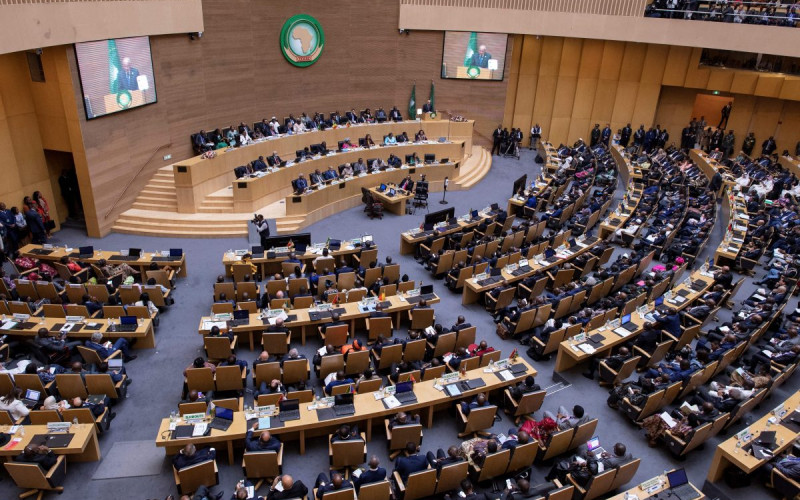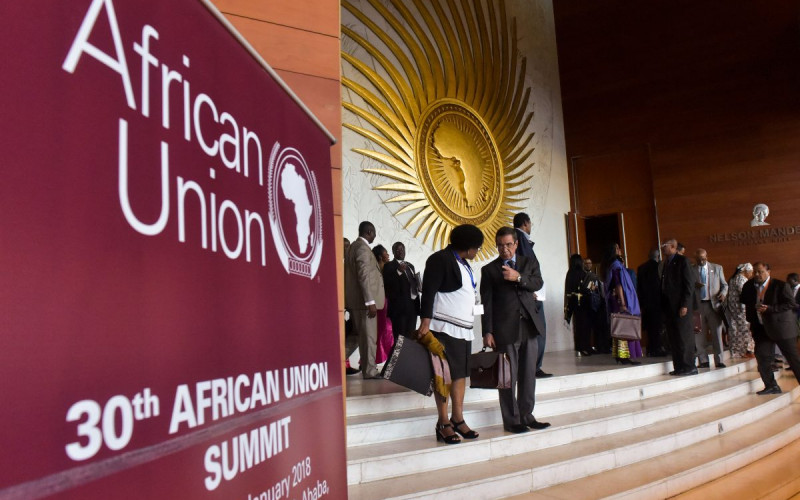A central theme is the integration of the AU’s 54 member states, opening up borders, merging markets and speaking with a common voice in global fora. But this is a long-held position of the AU, and of its predecessor, the Organisation of African Unity – whose very name invoked this aspiration.
Although featured in each of Africa’s numerous development initiatives over the years, integration processes in its various Regional Economic Communities (RECs) have proceeded unevenly. The scale of Africa’s practical achievements on integration have not matched that of its rhetoric or ideological commitment. At present, African countries commonly trade more with partners outside the continent than with their immediate neighbours. This is even the case for landlocked countries.
One scholar, Dr Amadou Sy of the Brookings Institution in the United States, describes the upshot of this: ‘Since Africa is the least integrated region in the world, economic integration is one policy lever that can help increase and sustain its growth.’
Encouraging cross-border integration is an integral objective of the African Peer Review Mechanism (APRM). A recent study published by the South African Institute of International Affairs (SAIIA), Puzzling Over the Pieces: Regional Integration and the African Peer Review Mechanism interrogates findings of the Country Review Reports (CRRs) on all 17 states reviewed thus far. These highlight the impediments faced by Africa’s countries in their integration endeavours.
Ironically, African countries’ putative commitment to integration has created one of the key barriers to it. African countries have typically committed themselves to multiple blocs. As Dr Soumana Sako, economist and former president of Mali, has observed: ‘Among the major regions of the world, Africa has the highest concentration of economic integration and cooperation arrangements.’ Indeed, among the 17 countries reviewed, only two belong to a single REC. Several of the CRRs identify this as a major problem. Strategic or political considerations weigh heavily in a decision to join a REC, frequently more than practical economic ones. And since different RECs may have conflicting goals and incompatible timetables, this retards the efforts of each of them to achieve the adherence among their members upon which their success depends.
Beyond this, integration has run up against resistance by individual countries. Fear of economic losses as a result of foregone customs revenue or competition with local industries – a ‘persistent tendency to protect local production’ as the Burkina Faso CRR puts it – has made many governments unwilling to undertake measures to open their economies to their neighbours.
The RECs themselves are frequently weak institutions, lacking resources and strong politically backing. With the notable exception of the East African Community, where pro-integrationist leadership has actively championed regional integration, political dynamics have served to hamstring the process across the continent.
Economic integration also suffers from states’ internal weaknesses. Inefficient bureaucracies undermine countries’ abilities to manage their borders and economic regulations. Corruption distorts trade across borders, imposing additional costs on businesses and traders.
Perhaps more importantly, some of the CCRs – such as Uganda, Benin and Tanzania – allude to the difficulties in steering reforms necessary for regional integration, such as implementing trade agreements or regional protocols. Others have serious policy gaps, indicating a lack of preparedness for engagement with the outside world.
Integration is also retarded by Africa’s infrastructure backlog. This formed a central plank of the NEPAD (New Partnership for Africa’s Development) initiative of the last decade, and remains a key concern today. Africa has made strides in upgrading its infrastructure – mobile telecommunications being a good example – but it urgently requires better ‘hard’ infrastructure, such as the roads, bridges and railways that enable the movement of physical goods and people.
The security stresses that undermine normal life, cross-border relations and commerce are another barrier. The Uganda CRR refers to that country’s relationship with the Democratic Republic of the Congo (DRC) – ‘tense and prone to conflict’ – as impeding regional integration. The same could be said of the conflict between Ethiopia and Eritrea, or insurgencies such as that waged by Boko Haram in Nigeria and its neighbouring states.
Finally, the APRM shows that Africa’s integration processes have been essentially state-driven endeavours. Ordinary citizens are essentially disengaged from it, often knowing little about regional bodies and their programmes – the Tanzania CRR, fairly typically, describes ‘low levels of public awareness about regional integration, thus constraining the ability of Tanzanians to take full advantage of emerging opportunities from the integration process’. Business, whose involvement would constitute a significant driver of integration, fares somewhat better. Efforts have been made to involve business in regional integration initiatives, notably in the East Africa Community; and the limited integration that has taken place has boosted trade. But for the most part, business exists at the periphery integration schemes, frequently poorly informed, and lacking the avenues to make a robust input.
If Africa’s Agenda 2063 is to achieve more successful regional integration, it must heed the findings that the APRM has made. Dealing with these deficiencies will require considerable resources, significant adjustments to the governance of countries and a great reserve of political will. The priority in this should be focus: as SAIIA economist Peter Draper has argued, it is advisable to rethink Africa’s current institution-heavy integration path. Rather, a more modest approach is in order, stressing trade facilitation, cooperation on infrastructure development and security.
The focus, in other words, should be on encouraging de facto economic integration, in hopes of benefitting Africa’s people. Formalised integration can follow in its wake.
Doing so will, however, depend critically on a new level of political commitment by Africa’s leadership. As the Algeria CRR trenchantly observes: ‘As regards regional integration, the aim is not simply to be part of the international trend but to conceptualise an integration project which, while having a political vision, at the same time embodies an economic rationale by taking into consideration incentive mechanisms for private agents. It is this political vision that allows long-term strategic objectives to be considered and justifies the adoption, in the short term, of a proactive approach and of terms and conditions that are likely to encourage economic operators from different countries to trade among themselves.’







